After analysing how people occupy waiting spaces, Foster + Partners has helped produce a flexible solution

Designed in a joint venture by architectural firm Foster + Partners and furniture maker Poltrona Frau, Bay System has been launched at this year’s Passenger Terminal Expo in Amsterdam.
The flexible seating system is a modular kit of parts that can be reconfigured to suit different spatial layouts and waiting spaces, whether it be airports, stations or offices.
Mike Holland, senior partner and head of industrial design at Foster + Partners, said: “We spent time analysing how people occupy waiting spaces - from large groups to solo individuals. This process informed the design of the new system, which is all about choice, comfort and craft.”
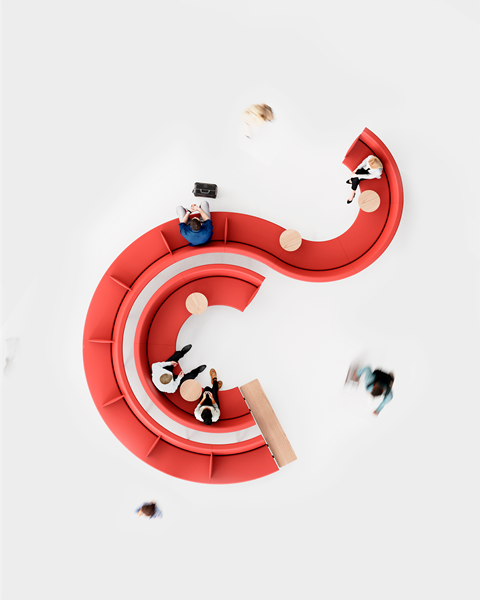
The system is comprised of two main ranges – Bay Gate and Bay Lounge – that have been designed to offer different levels of ergonomic support and privacy.
The primary structure is the same across both ranges, with twin central beams creating a simple support for a single or two rows of seats. The area between the two beams conceals space for cabling and provides an opportunity to integrate future technologies.
Power sockets, induction charging for phones, personal screens and lighting fixtures can all be integrated in a plug-and-play manner, allowing for flexibility.
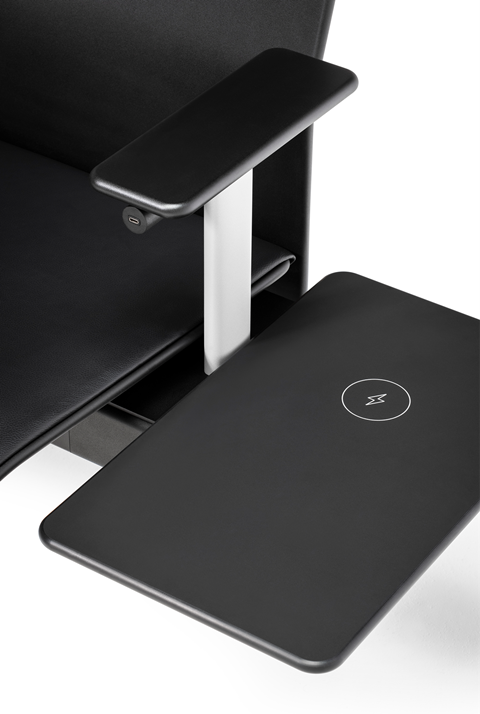
The seats vary across the two ranges. According to the team, Bay Gate provides efficient, high-density seating for areas with short wait times, such as the boarding gates. It is made entirely of hard-wearing, recyclable materials, with an ergonomically moulded plastic seat and slim armrest.
Bay Lounge’s curved seating is based on studies to understand how people like to sit when they are unaccompanied or in group settings. Taking a tailored approach, the system offers a range of layouts with varying levels of comfort, enclosure and privacy. It also features a wider cushioned seat for longer periods of rest.
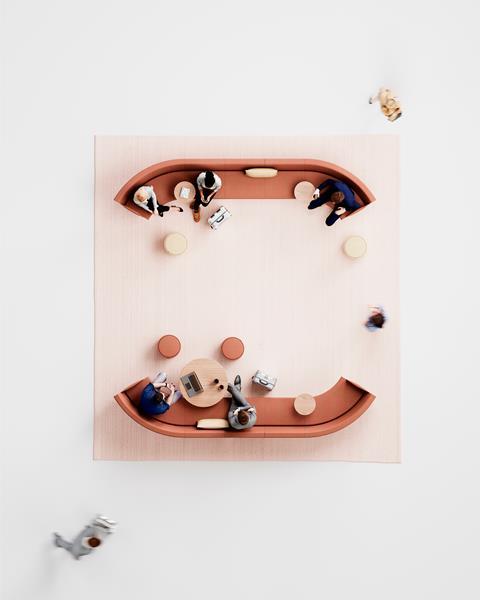
According to the manufacturer, the system is fully demountable, allowing components to be separated, reconfigured and replaced. This helps facilitate compact storage as well as the recycling of each material at the end-of-life stage.
Overall, the design team hopes to enable a level of flexibility and efficiency, saving space and reducing transportation costs as well as carbon emissions.




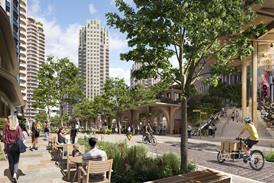
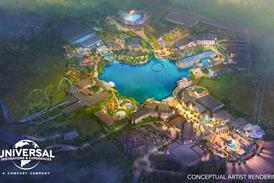
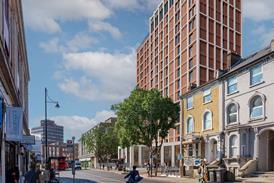










1 Readers' comment